What is Cohousing?
Cohousing is a community-based housing model that started in Denmark and Holland in the 1970s and emerged in the United States around 1990. In European countries, cohousing is widespread and enjoys public and quasi-public support. There are ~190 cohousing neighborhoods in the United States with about 130 in development. View a map of US communities.
Cohousing neighborhoods are generally made up of privately owned houses or townhouses clustered around shared green space and a large “Common House” with extensive amenities, often including guests suites, workshops, laundry, and a large kitchen and dining room where residents can share meals and celebrations. Shared outdoor space may include parking, walkways, open space and gardens. Neighbors often share resources (tools, bikes, etc.) while maintaining independent lifestyles.
Rich community when you want it;
private space when you don’t.
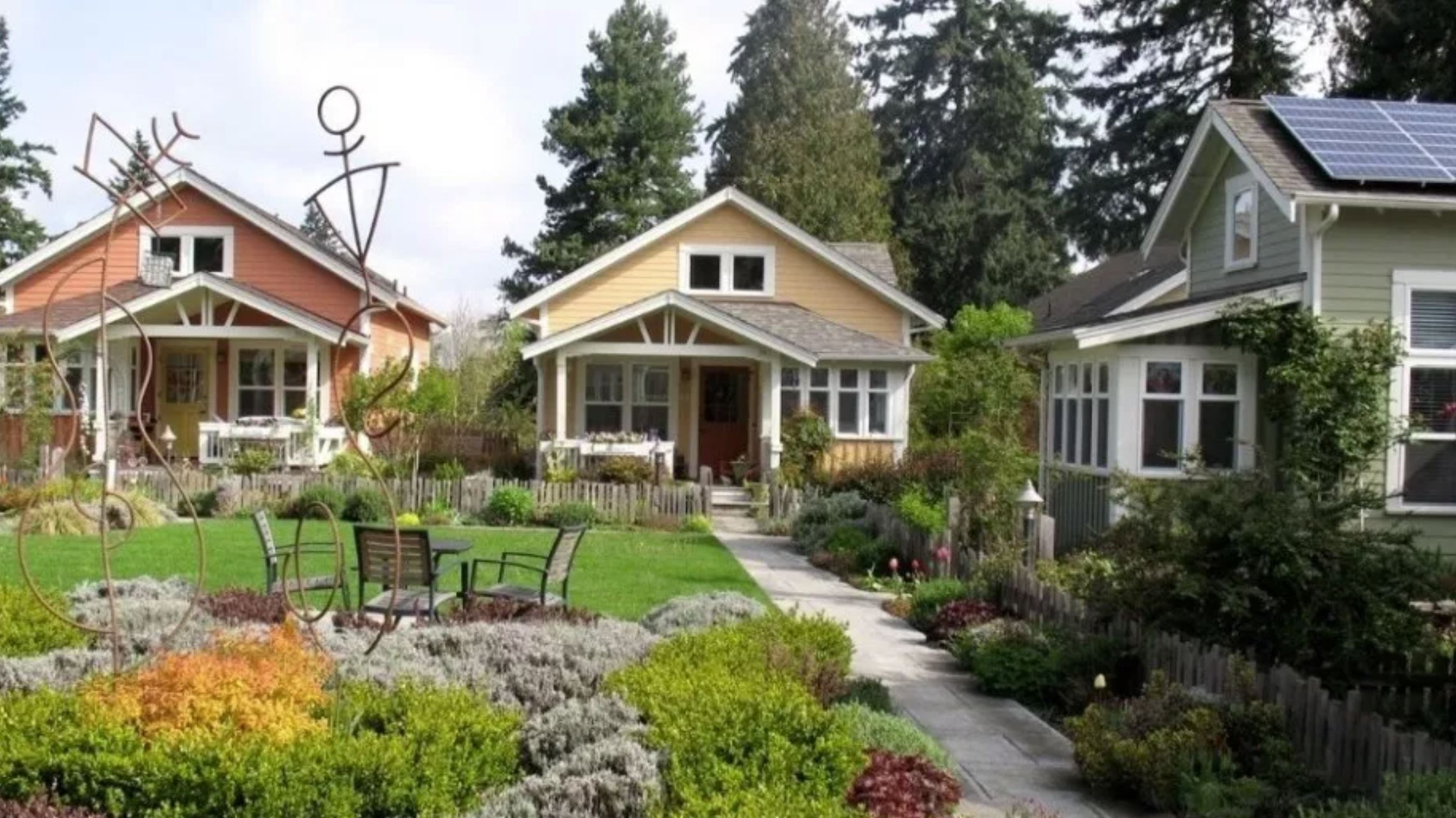
Common facilities and activities draw residents together in their daily lives and create the sense of an old-fashioned village. Life in cohousing is the kind of life that our ancestors had for centuries, where people know and care about each other. A community where we work together; encouraging and partnering with each other to seek justice and wholeness to those around us.
Cohousing residents enjoy it all: they have as much privacy as they want in their own homes, and as much community as they want, just by walking out their front door.
Most communities are financially structured like condo associations. But they differ in that they share an intention to have close-knit connections among neighbors.
Interested?
Learn More
Households have independent incomes and private lives, but neighbors collaboratively plan and manage community activities and shared spaces. The legal structure is typically via a home owners association.
Cohousing communities get created when a few pioneer souls band together with others and collaborate with an architect and other professionals to plan and design their neighborhood and get it built. After they move in, all the residents self-manage it. We are on that journey!
Common Characteristics of Cohousing

Balancing Privacy and Community
- Cohousing neighborhoods are designed for privacy as well as community.
- Residents balance privacy and community by choosing their own level of engagement.
Relationships
- Neighbors commit to being part of a community for everyone’s mutual benefit.
- Cohousing cultivates a culture of sharing and caring.
- Design features and neighborhood size promote frequent interaction and close relationships.
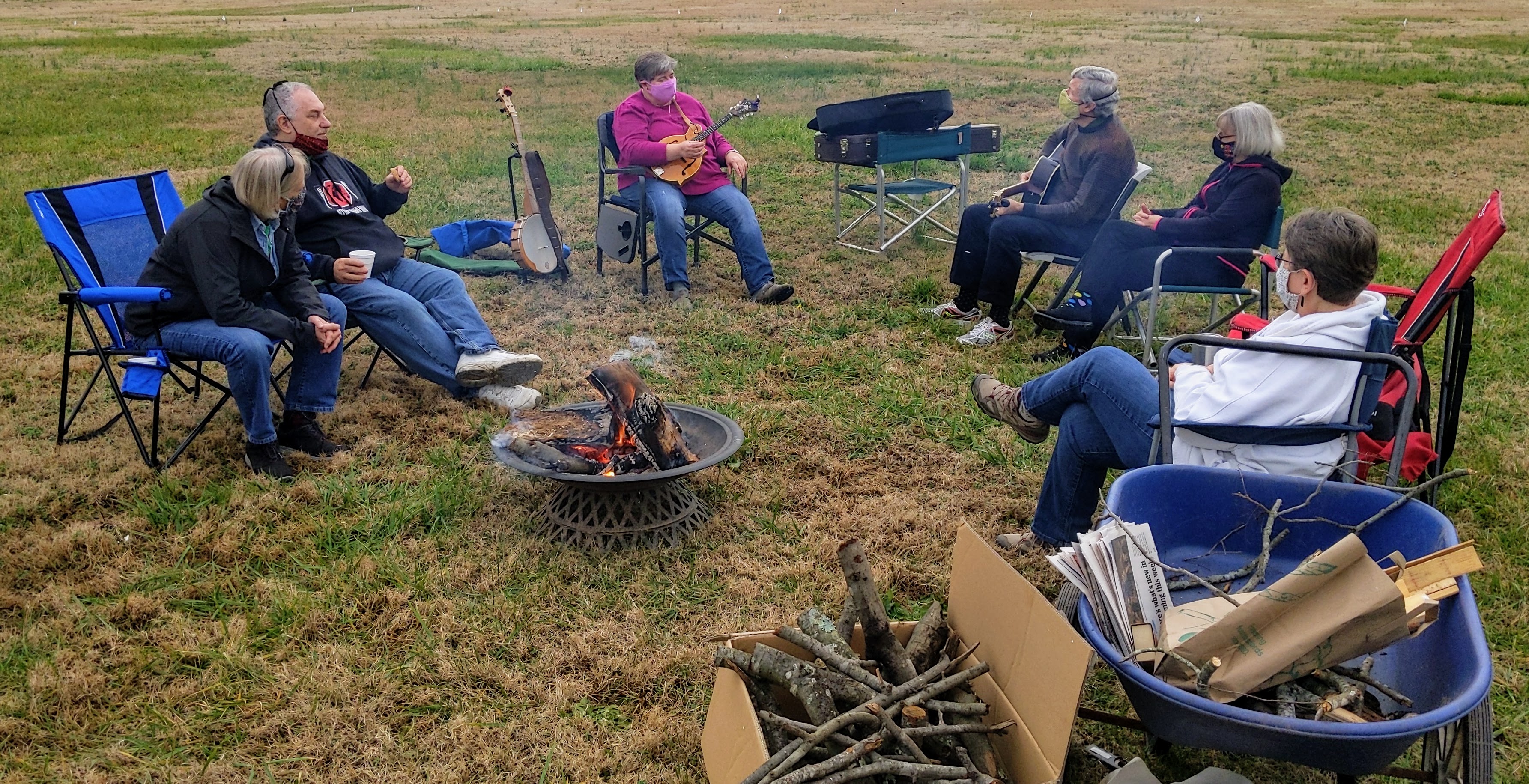
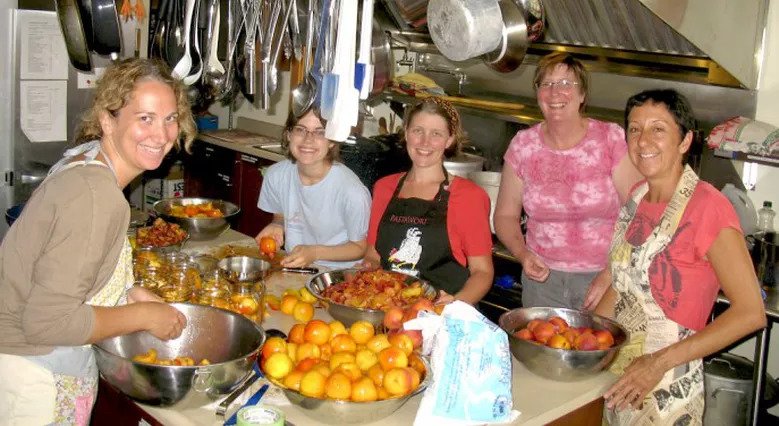
Participation
- Decision making is participatory and often based on consensus.
- Self-management empowers residents, builds community, and saves money.
Shared Values
- Cohousing communities support residents in actualizing shared values.
- One of our community’s values is service to the broader community and world. You can learn more about our Vision & Values.
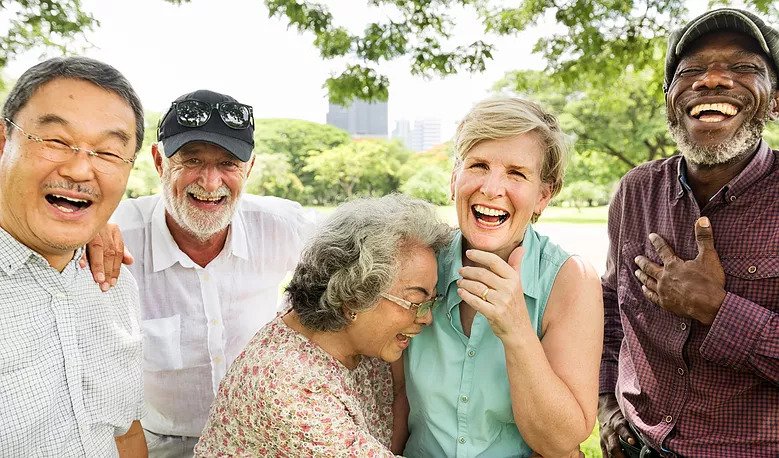
Benefits of Cohousing

Cohousing gives residents a unique blend of community and privacy. Households have independent incomes and private lives, but neighbors collaboratively plan and manage community activities and shared spaces. Self-management empowers residents, builds community and saves money.
Perhaps the greatest gift in cohousing is the simple daily exchanges with members that don’t always get captured in photos but surely make us smile. Our lives are enriched by the ease of borrowing a cup of flour or a party dress, catching a ride to a doctor’s appointment, help with a sick child or exchange of plants and recipes, or help when your car won’t start. Newspapers are shared, carpooling happens, camping equipment is borrowed and we even will sometimes try something new that without the support or encouragement from a neighbor, we might not have tried on our own.
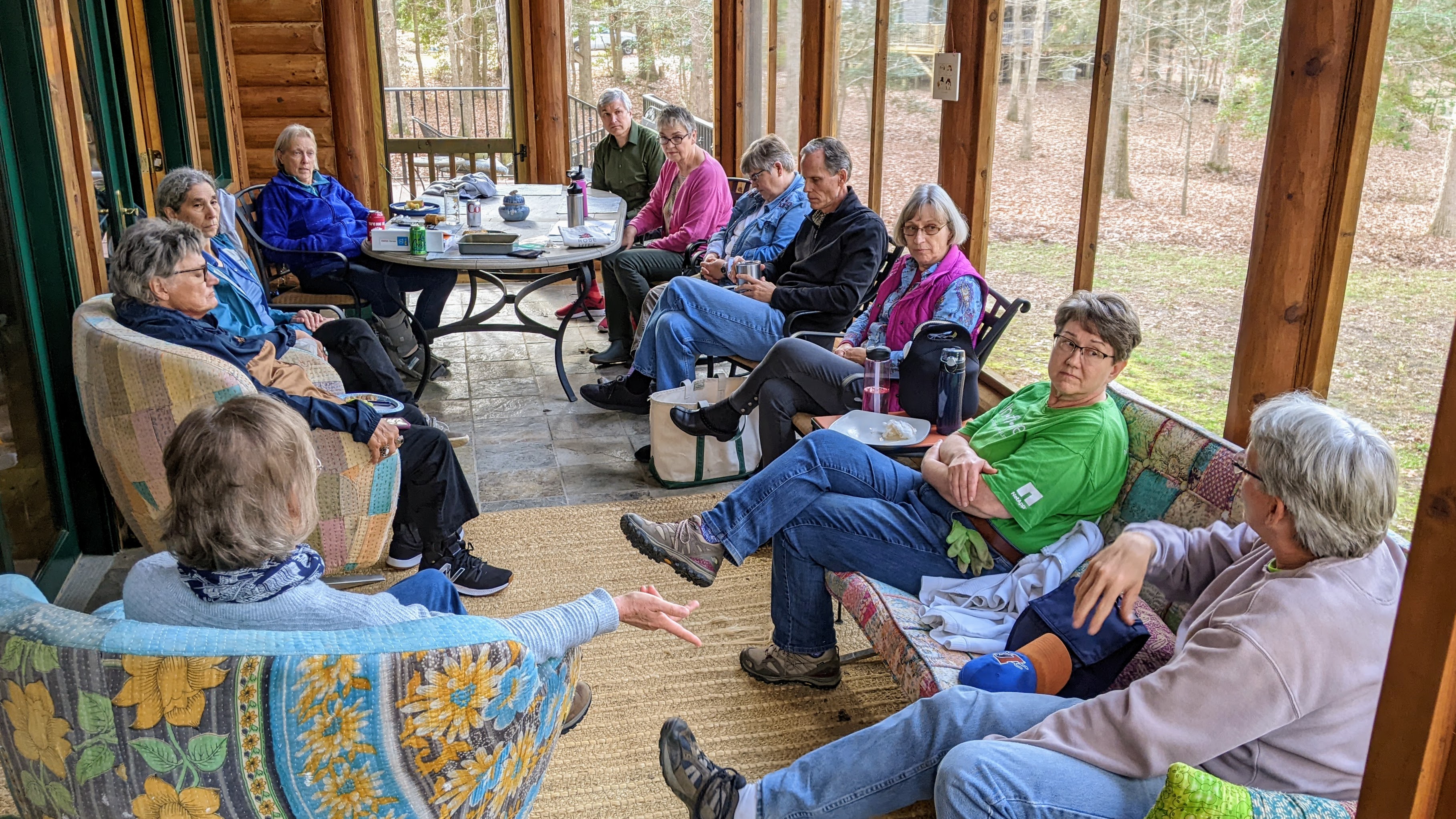
According to the 2018 world happiness report there are six key contributors to happiness: income, social support, healthy life expectancy, freedom, trust, and generosity.
Living in a cohousing community contributes directly to at least three of these contributors (social support, trust, and generosity) and indirectly supports both freedom and life expectancy.
Read More
Learn More About Our Vision & Values
Learn About our Current Members
Next Steps to Becoming Part of Acorn Creek
Also:
Visit Cohousing.org
Read the New York Times Article on Cohousing
View Grace Kim’s TED Talk
View Trish Becker-Hafnor’s TEDx Talk
View Local Triangle Cohousing Communities